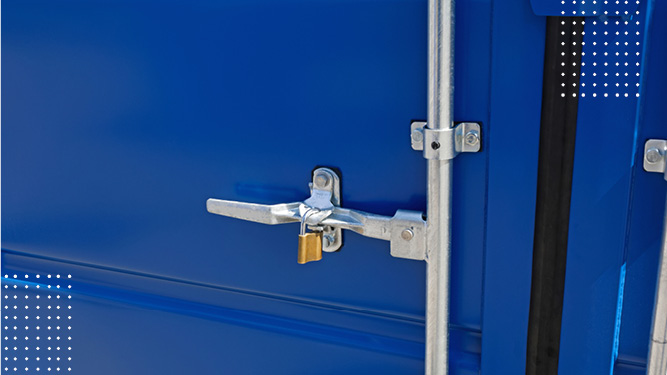CTPAT: A Joint Mission Toward Security
04/07/2021

In November 2001, after the horrific attacks of 9/11, U.S. Customs and Border Protection (CBP) challenged its trading partners to work with the government to design a new approach to supply chain security. The overall goal was to create a system that would better secure the flow of cargo and conveyances and protect the United States from future acts of terrorism. From this challenge, Customs Trade Partnership Against Terrorism (CTPAT) was born. Now considered one of the most extensive voluntary security-related programs, businesses agree to partner with CBP to better monitor, report, analyze and enhance their supply chains, realizing they have a real stake in cargo security.
The Security and Accountability for Every Port Act (SAFE Act) of 2006 created the statutory framework for CTPAT and validated the strict program guidelines used by CBP and the participating trade members. CTPAT has been analyzed and updated since its beginnings in 2001; however, the major overhaul of the Minimum Security Criteria of 2019 results from the collaborative efforts of the private sector and CBP. Topics such as Cyber Security, Vision of Security in the Future and Agricultural Security have been added to the original Security Criteria, making a total of twelve Security Criteria categories that cover Corporate Security, Transportation Security and People/Physical Security.
Who Should Participate in CTPAT?
Businesses that are encouraged to participate in CTPAT include:
- U.S. importers
- U.S. / Canada highway carriers
- U.S. / Mexico highway carriers
- Rail and sea carriers
- Licensed customs brokers
- U.S. marine port authority/terminal operators
- U.S. freight consolidators
- Ocean freight forwarders and NVOCCs
- Mexican and Canadian manufacturers
- Mexican long-haul carriers
The Benefits of CTPAT
CBP provides various outreach activities each year to educate these various partners on the benefits of participation and the current threats to supply chain security. CTPAT exists and thrives through partnerships with each touchpoint in a supply chain. The end goal of CTPAT is security – the security of cargo, the security of the various transport modes, but most importantly, the security of people here and abroad.
Ascent Global Logistics is a proud member of the CTPAT Broker and Consolidator sectors and has participated in the program since 2003. This month, we celebrate our involvement in CTPAT, and we encourage others to participate.
Who said logistics has to be complicated? We certainly didn’t. Contact our experts to learn more about Trade Compliance.